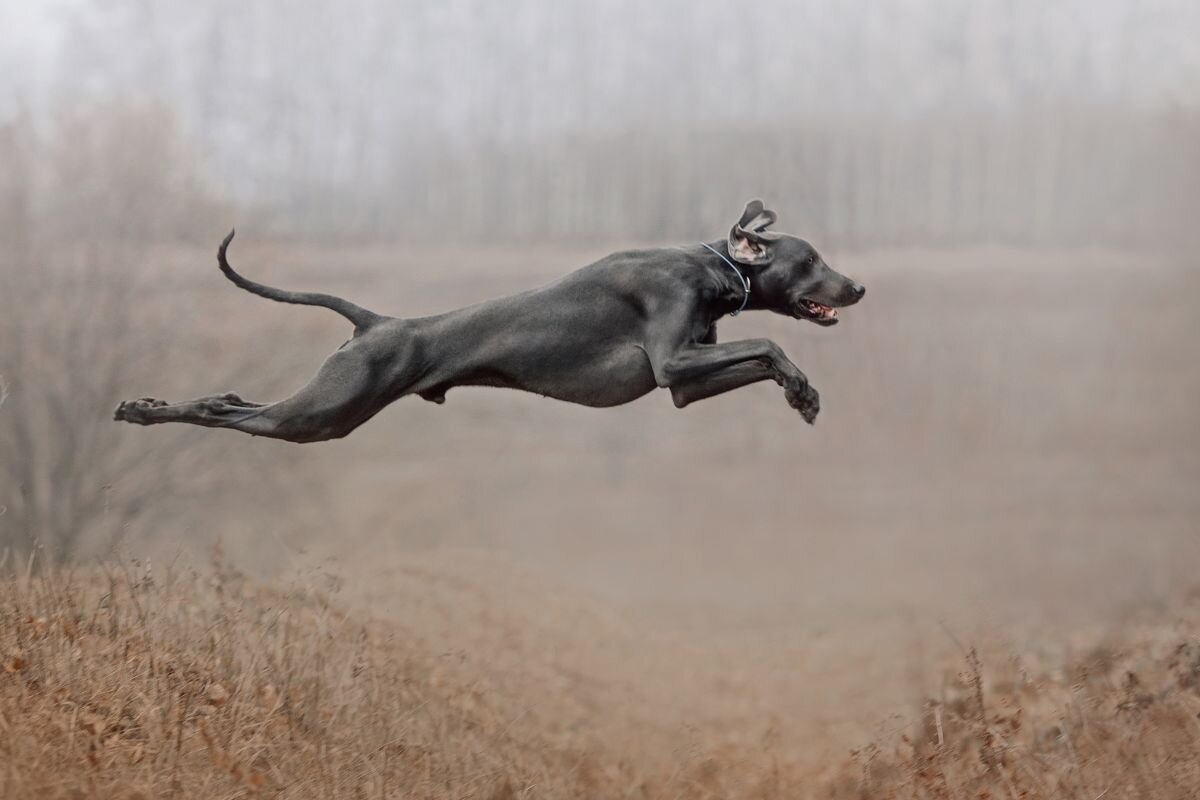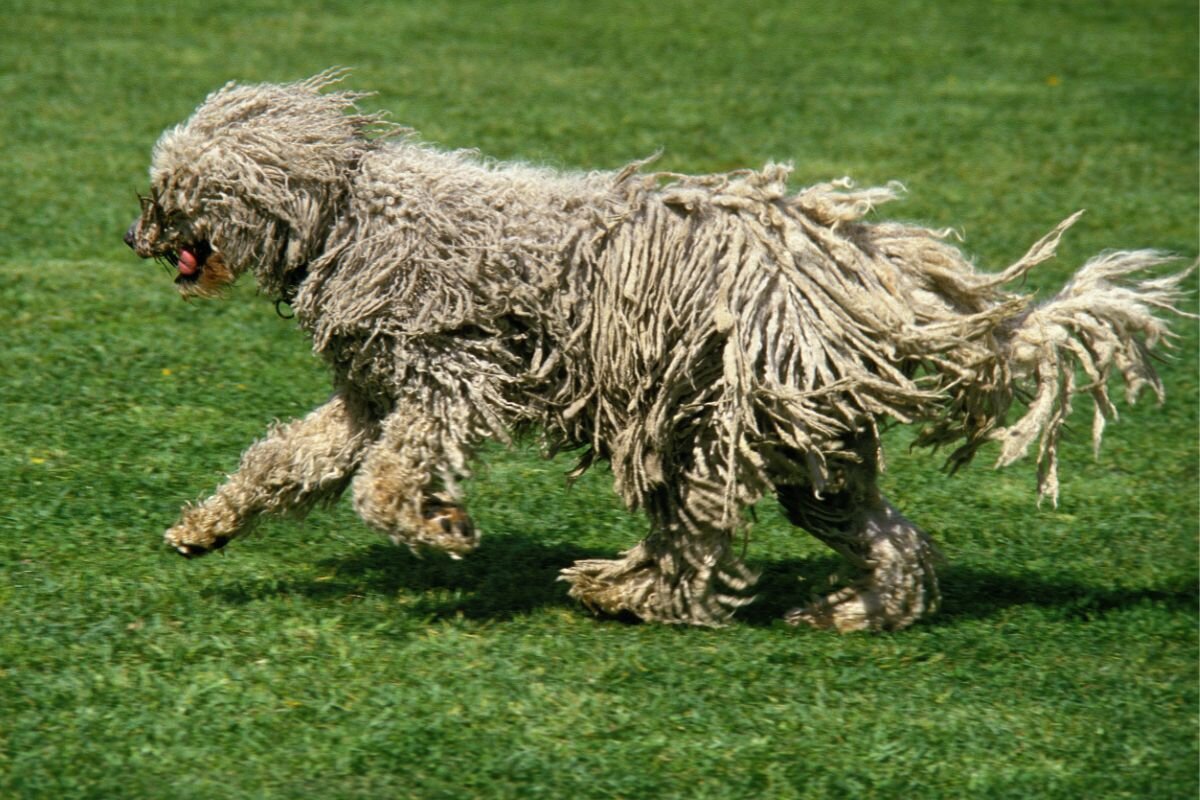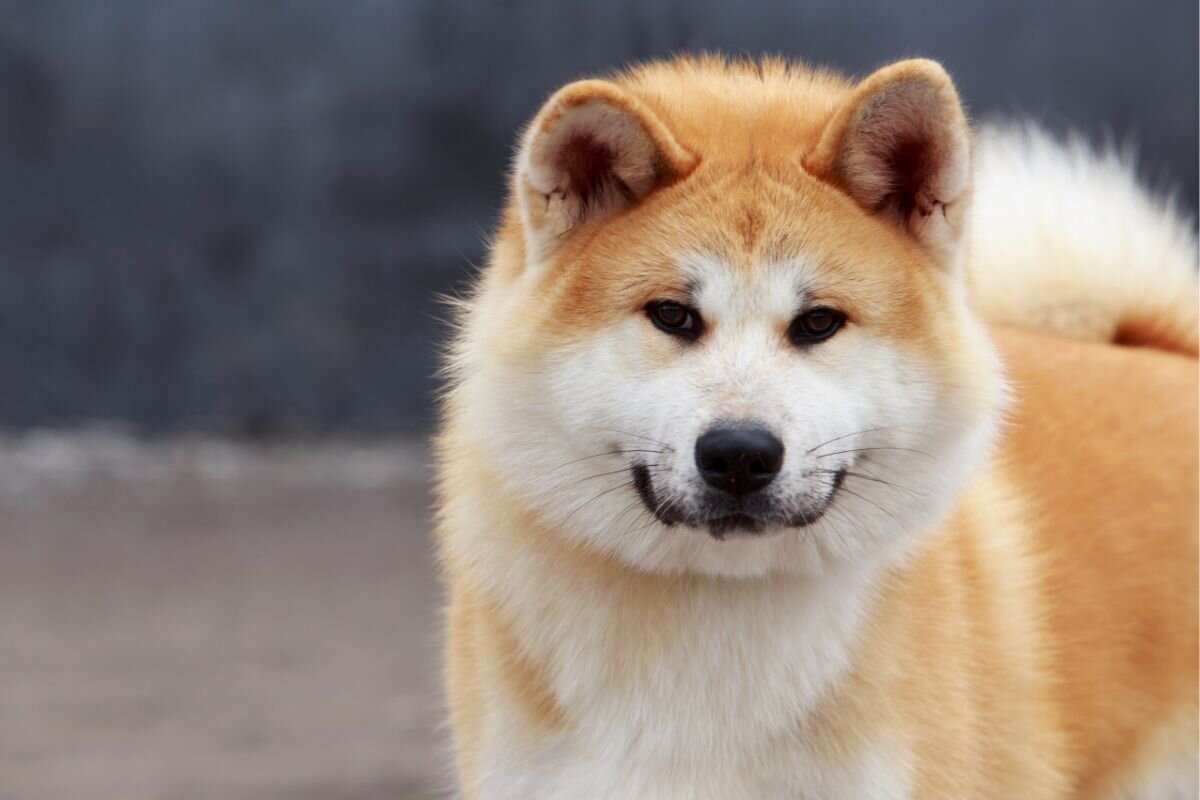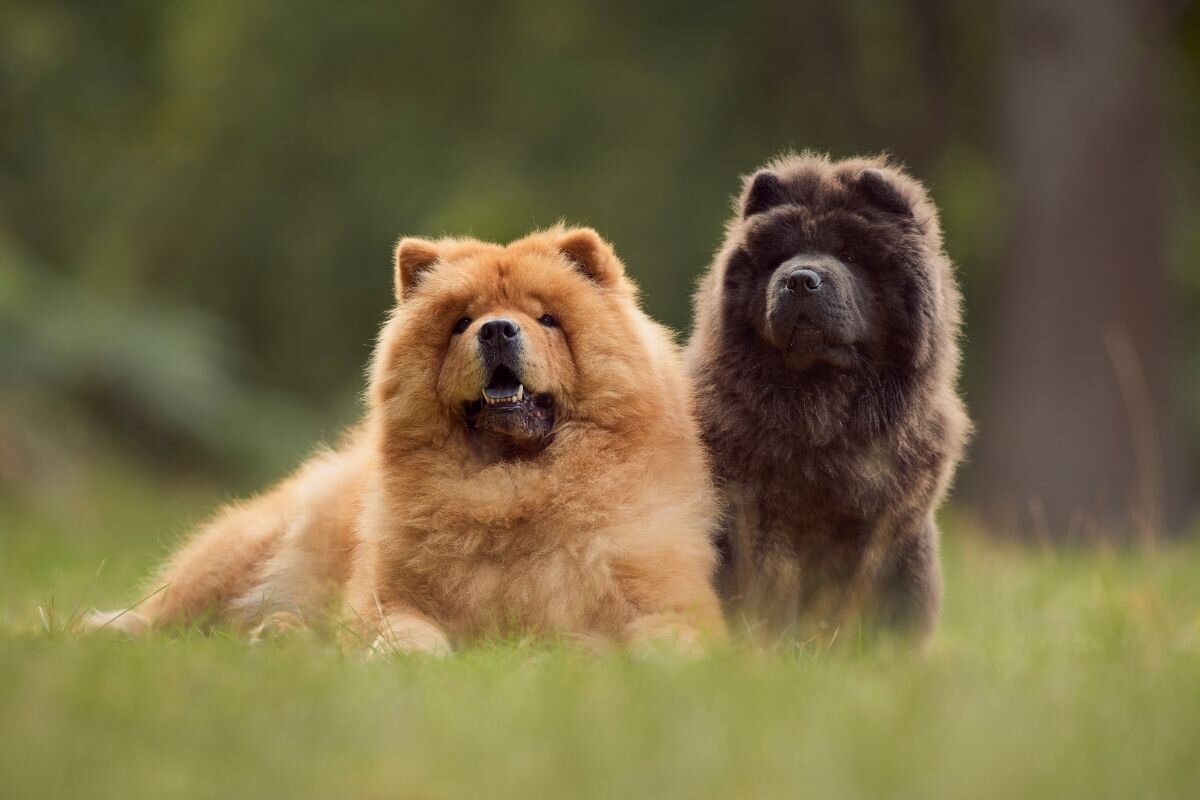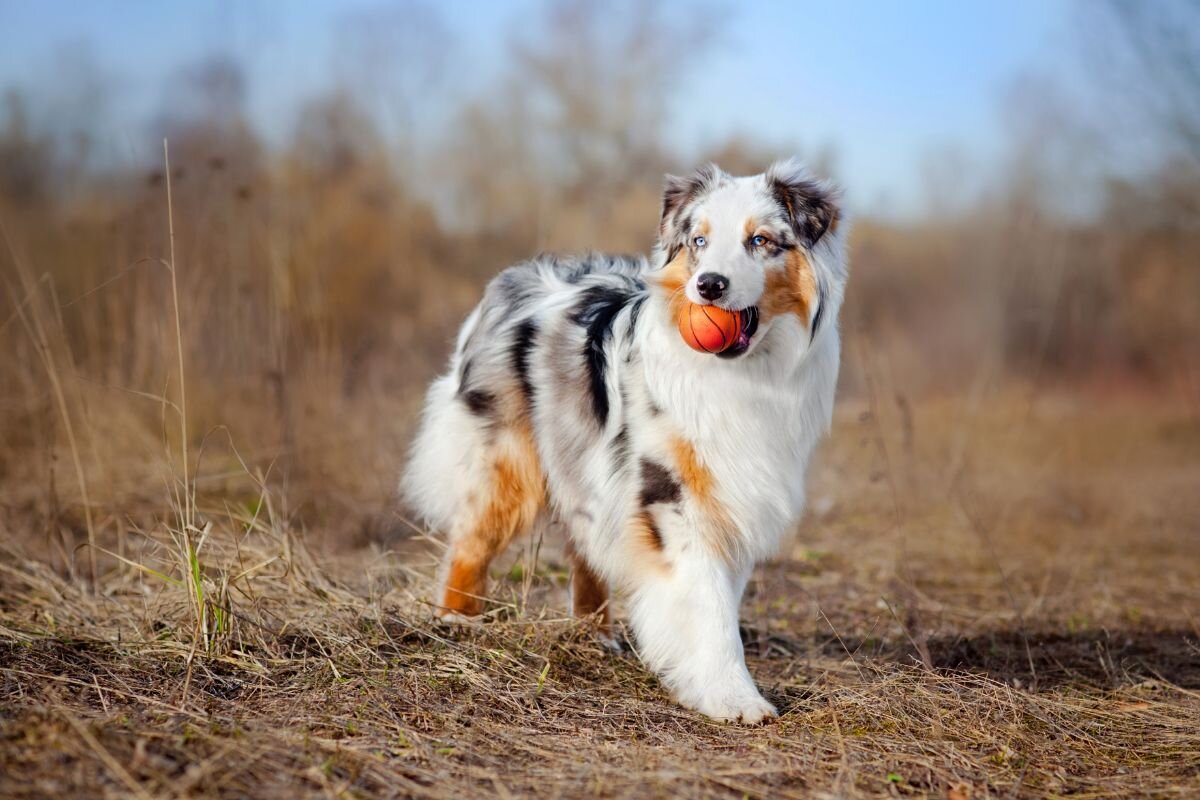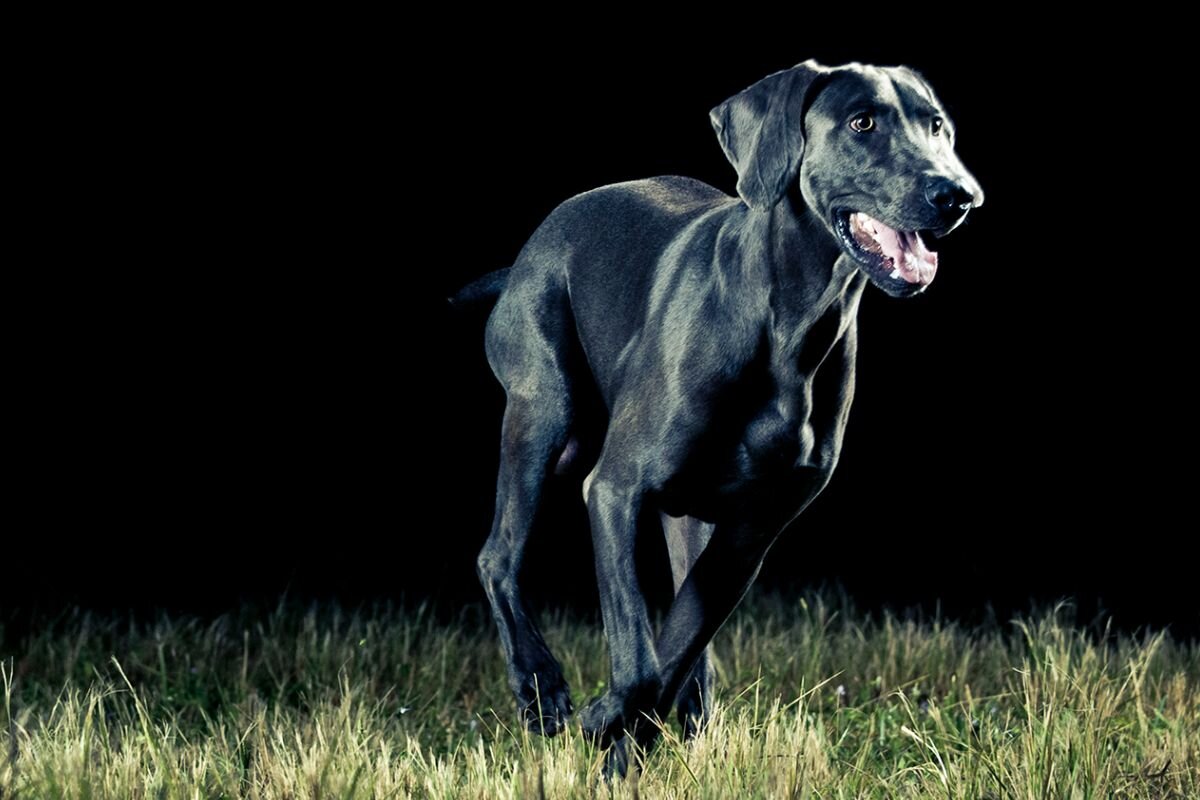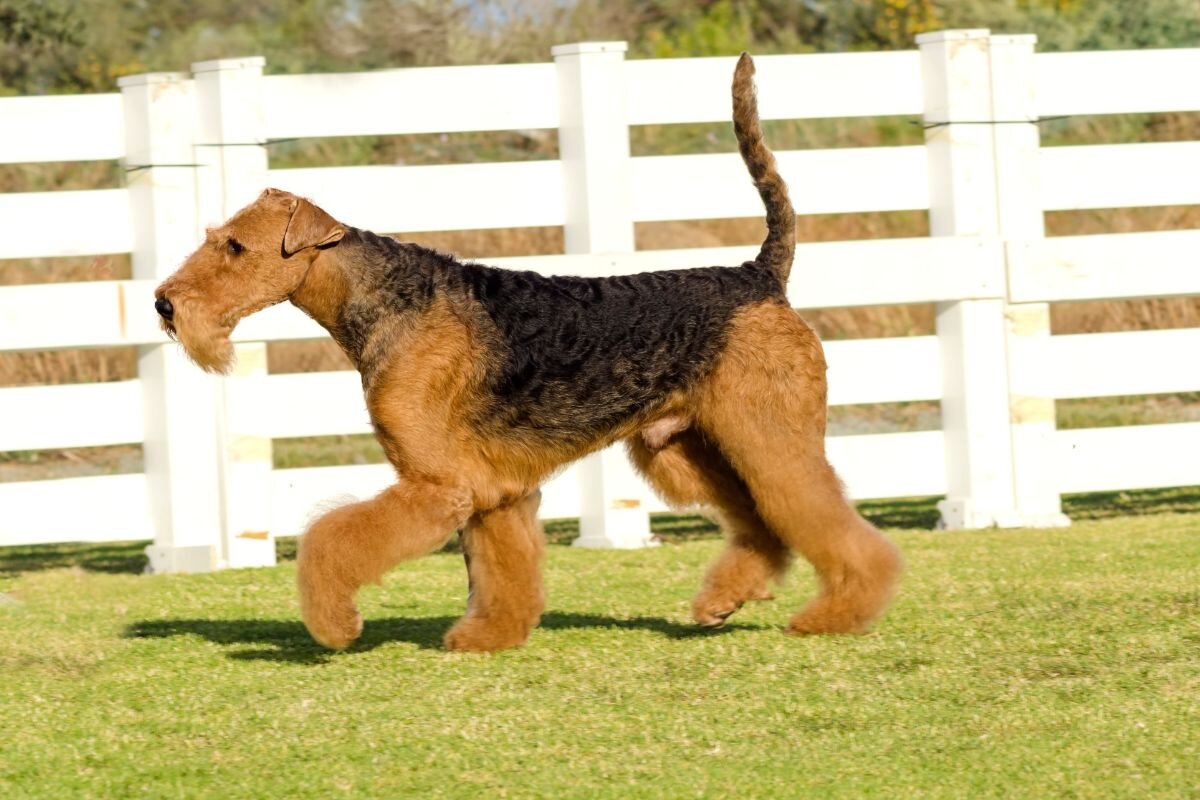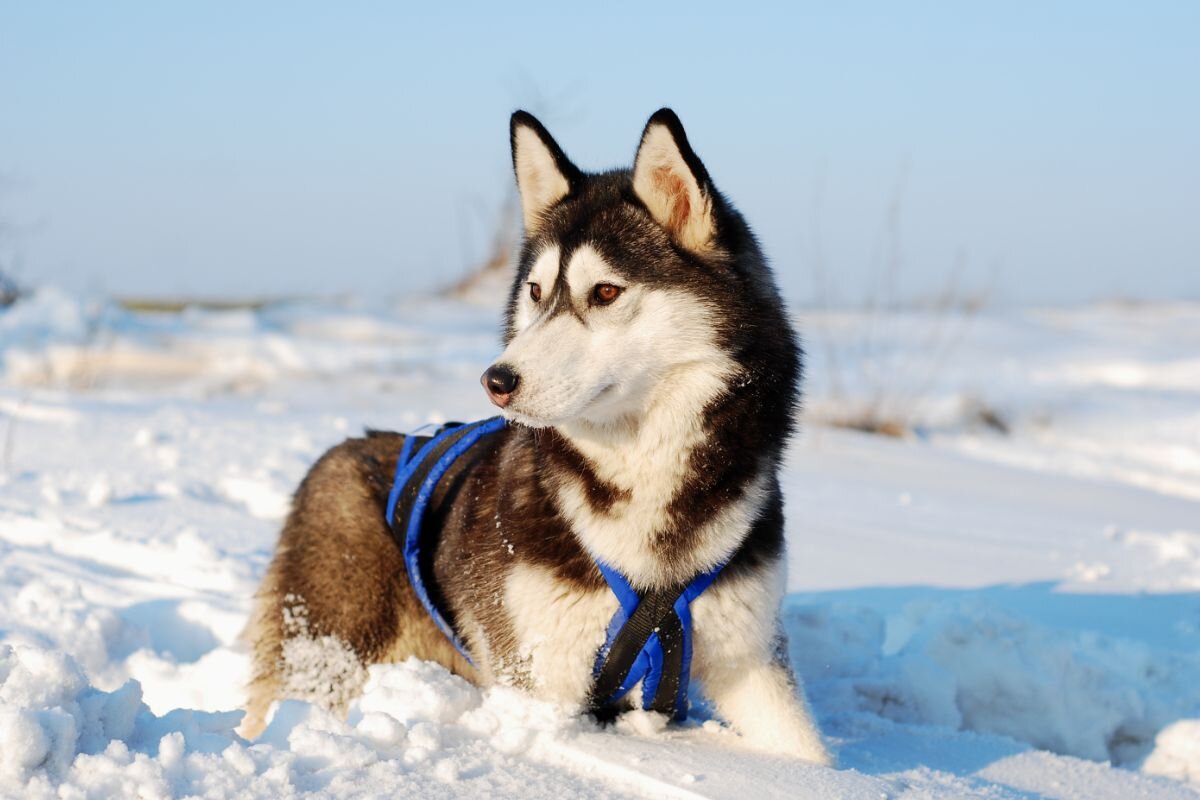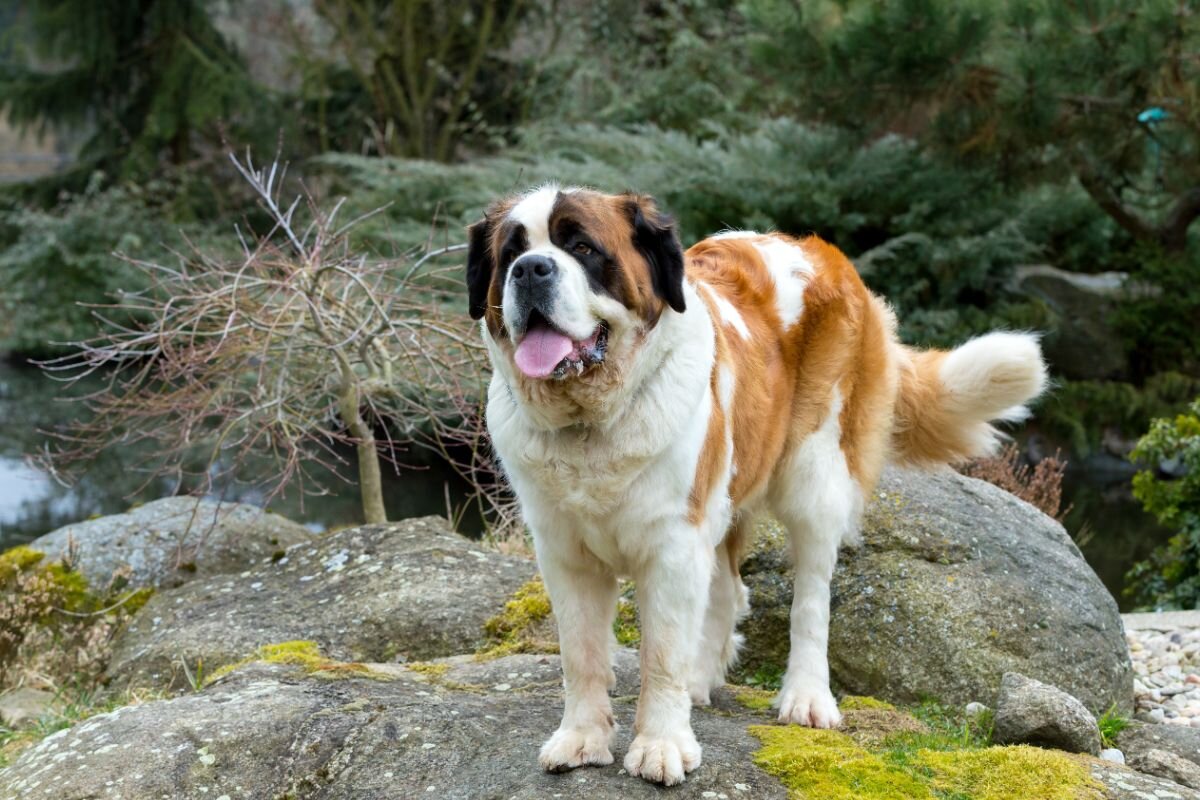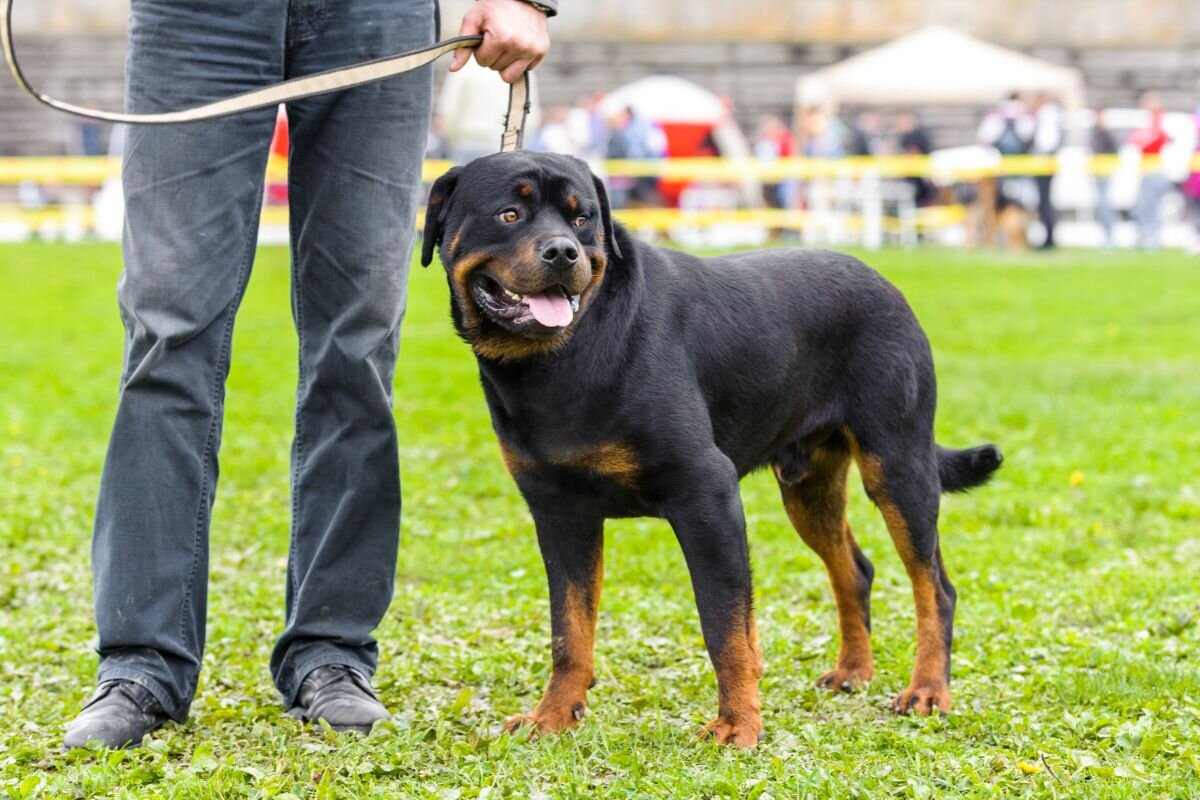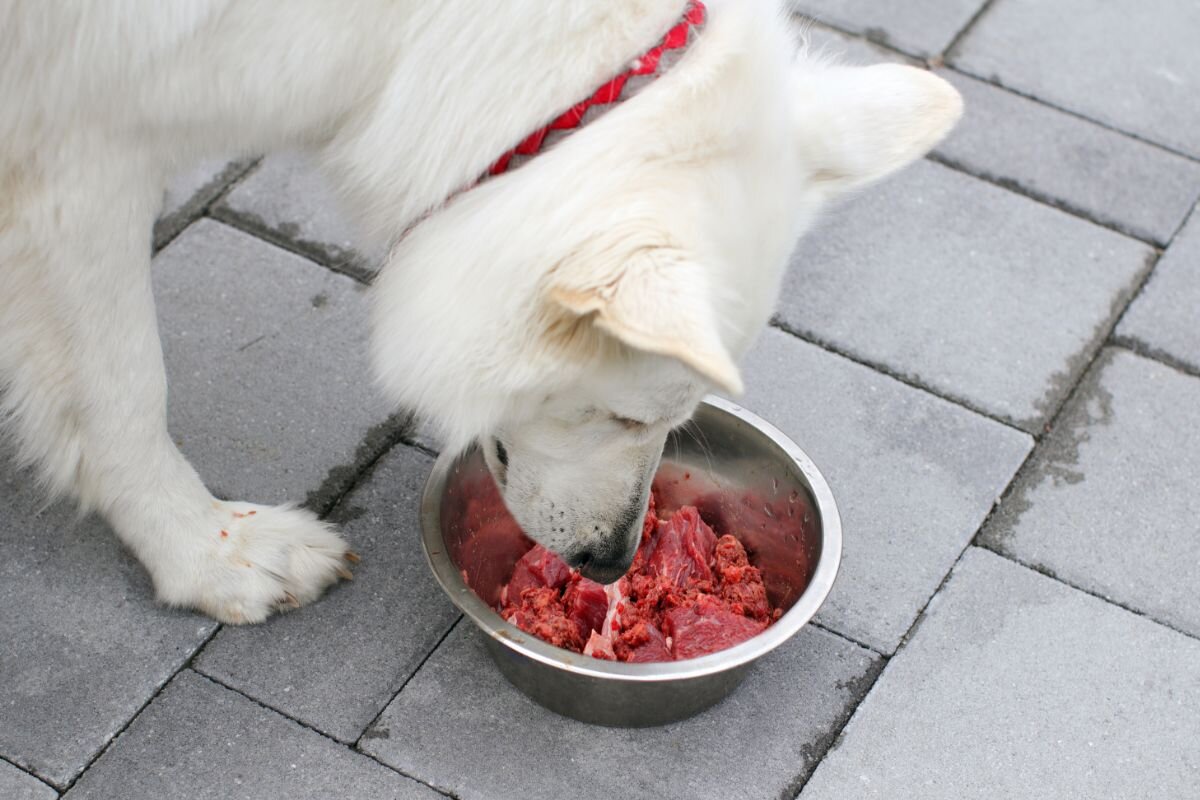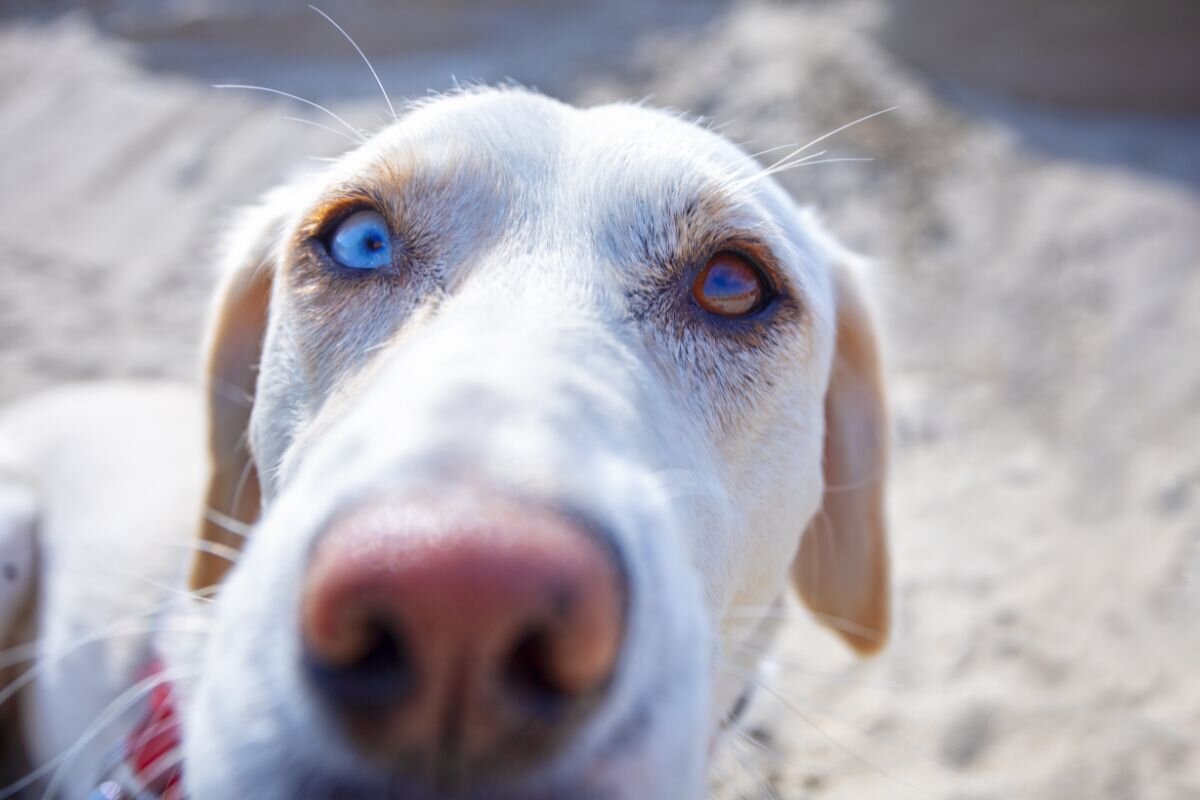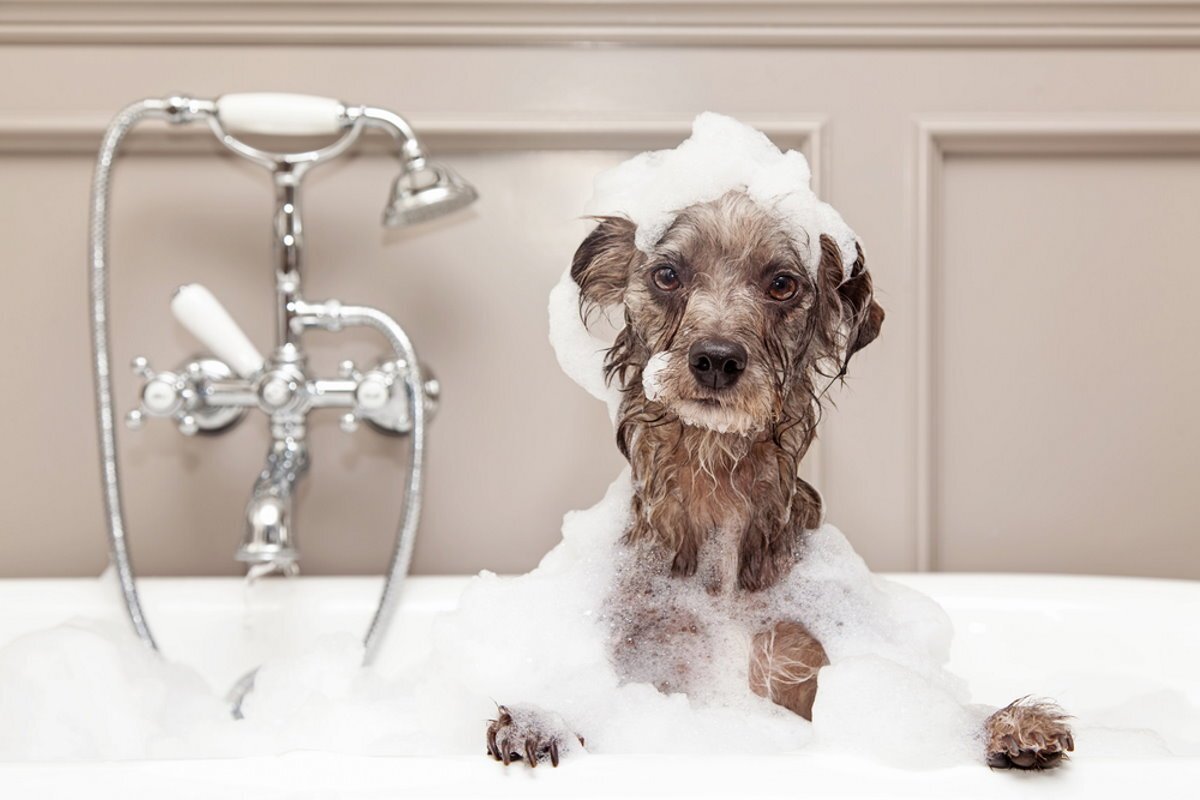Extreme breeds of dogs attract the attention of animal lovers with their extraordinary character and appearance. However, not every owner is able to cope with training such a dog. Strong temperament, the need for constant physical activity, a tendency to dominate - these are just some of the traits that distinguish extremists in the world of dogs.
To become the owner of such a pet, experience, firmness of character, and willingness to pay it a lot of attention are needed. Otherwise, control over the dog will be completely lost.
Let's take a closer look at 10 breeds that are rightfully considered some of the most extreme and difficult to train. We will learn their main characteristics and care needs. And at the end of the article, I will give some tips on choosing a breed for a novice owner.
10 extreme dog breeds for experienced dog owners
The following list of the most extreme breeds is based on years of observation and research by the German Canine Club. These dogs not only need special care - they require a certain character and knowledge of the laws of "dog" psychology from the owner.
1. Komondor
Komondors are known as very independent and strong-willed dogs. They are usually not recommended for beginners as household pets. To have a complete understanding with such a dog, an experienced and responsible owner is needed.
Komondors have a highly developed sense of justice and hierarchy in the pack. If the owner fails to timely and firmly set the boundaries of what is allowed, the dog may perceive this as weakness and try to challenge leadership. Such a situation can lead to manifestations of aggression.
To avoid conflict, the owner of a Komondor must be an indisputable leader for him and confidently control the training process.
2. Akita Inu
Akita Inu is confident, strong-willed, and very loyal to its "pack" breed. These dogs value strong leadership and require an experienced owner who can consistently adhere to the chosen rules of training and obedience.
It is advisable to start training Akitas as early as possible in puppyhood to establish the dog's understanding of commands and hierarchy. Initially bred as hunting and guarding dogs, it is very important to properly socialize a puppy so that the Akita can equally well relate to family members and strangers in the future.
3. Chow Chow
Chow Chows are characterized by strong attachment to their "pack" and owner, but this loyalty can be easily lost. If the owner does not demonstrate firmness and become an undisputed leader in time, the Chow Chow may try to take the initiative.
As a result, an indulged, disobedient, and sometimes aggressive dog may be formed. To avoid this, a Chow Chow puppy needs to be properly socialized, trained in basic commands, and clear boundaries of what is allowed.
4. Australian Shepherd
Energetic and very intelligent Australian Shepherds were bred as working dogs. It is extremely important for them to receive tasks daily, otherwise, the excess of physical and intellectual energy may turn into destructive behavior.
For the Shepherd to remain happy and calm, they need constant mental and physical exercise. The owner of the dog must understand this and provide it. Otherwise, out of boredom, the dog will start to exhibit unwanted behavior - for example, destroying things or howling at night.
5. Weimaraner
Weimaraners are known for being gentle, affectionate, and attached dogs. However, behind this sweet nature lies a sharp mind and a need for significant physical activity.
To raise a friendly and balanced Weimaraner, an experienced owner, preferably together with a dog trainer, should be involved in its upbringing from a young age. Under strict but kind guidance, the dog will develop not only physically but also intellectually, learning useful commands and skills. This approach will help preserve the Weimaraner as a kind and affectionate companion.
6. Airedale Terrier
Airedale Terriers are cheerful, cheerful, and very attached to their owner dogs. However, there is one trick in their character that the owner should be aware of.
In their ideal "pack," the Airedale considers all people without exception as leaders. But if the dog feels that someone in the family is weak and yielding, it may try to challenge his position and take on the role of "deputy leader."
To avoid this, an Airedale puppy should be taught from the start that all family members are full-fledged owners, and to reinforce these skills, classes with an experienced dog trainer will be helpful.
7. Siberian Husky
Adult Huskies are very energetic and loyal dogs, but a caring owner should remember the peculiarities of this amazing breed.
Without regular physical activity and interesting tasks, Huskies quickly start to get bored. Moreover, out of boredom, these restless dogs can cause a lot of trouble - destroying things, howling, creating chaos.
Therefore, an experienced Husky owner must dedicate a lot of time to the pet every day - walking, playing, giving tasks for agility and cleverness. Then the dog will be happy and become a wonderful affectionate and loyal friend to the whole family.
8. Saint Bernard
Despite their formidable appearance, adult Saint Bernards are renowned for being very friendly, patient, and caring dogs. However, to raise such a gentle pet, the owner will have to work hard.
- First of all, it is advisable to start teaching a puppy of this large breed basic commands and behavior rules early. Let the Saint Bernard be still young, but as it grows, its size and strength will increase many times. It is easier to prevent stubbornness and disobedience in the future.
- Secondly, it is very important, in a humane but firm manner, to teach the Saint Bernard from childhood to consider the owner an unquestioned leader. This will help avoid attempts to challenge your authority in the future.
With the right approach, the Saint Bernard will grow up to be a gentle and devoted pet, ready to protect all family members, especially children.
9. German Shepherd
German Shepherds are another popular working breed that irresponsible owners often get because of the cute appearance of puppies. However, behind the fluffy bundle lies a sharp mind, physical strength, and a firm character.
To raise a docile and happy dog, the owner of a German Shepherd will have to work hard. Training should start from the puppy's early age, with obedience training, teaching commands, and prohibitions.
Only a firm and consistent, but kind hand of the owner will help direct the Shepherd's temperament into a peaceful channel. Neglecting training entails the risk of facing manifestations of aggression and disobedience, and this should be avoided, as the breed possesses extraordinary physical strength.
10. Rottweiler
Rottweilers are characterized by loyalty to the owner and his family from an early age. With the right approach to training, they become excellent companions for children of all ages.
However, an experienced Rottweiler owner always remembers the great physical strength and dominant nature of these dogs. Therefore, from the first days of a puppy's life, its socialization and upbringing begin to lay a solid foundation for training.
A Rottweiler must feel like a full member of the family, not a lonely guard in the backyard. Only regular communication, play, walks, and useful tasks will help balance its powerful temperament, and then the Rottweiler will become a faithful and reliable protector of the entire family.
Conclusions
So, we have discussed 10 extreme and difficult to train dog breeds, according to the German Canine Club VDH. As you can see, they all have a number of common traits. These include a strong character, a need for the owner's leadership, and the need for significant physical and emotional investment.
Therefore, it is worth getting such a dog only if you are ready to become a 100% undisputed leader for it. To dedicate a lot of time to the pet, make efforts in proper upbringing and socialization. And, of course, possess a significant amount of patience and knowledge of canine psychology.
If you are just starting your path as a dog owner, it is better to choose a calmer breed. For example, among large dogs, Labrador or Golden Retriever may be suitable, and among small ones, Dachshund or Havanese.

